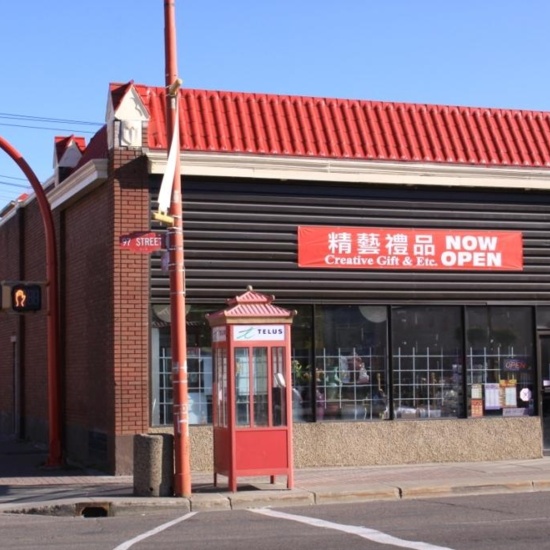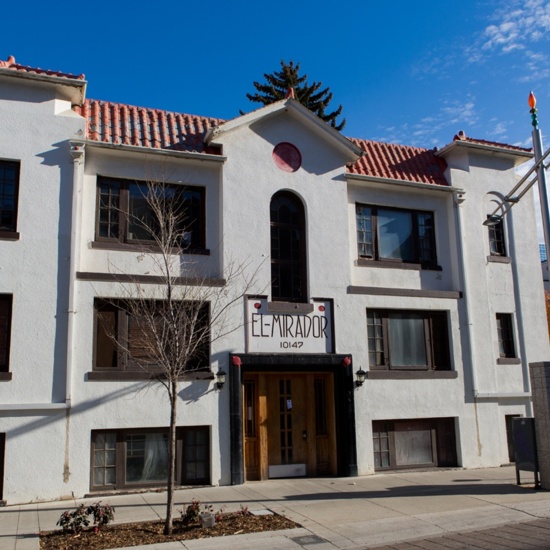Spanish Revival
The Spanish Revival style served to romanticize not only theatres and commercial structures, but residential buildings as well.
The Spanish Revival style served to romanticize not only theatres and commercial structures, but residential buildings as well.
The Panama-California Exposition between 1915 and 1917 in San Diego, California celebrated the opening of the Panama Canal and brought the Spanish Revival style of architecture to the world's attention. The Spanish Revival style influenced North American architecture particulraly between 1915 and 1931. It was a hybrid style of Spanish Baroque, Spanish Colonial, and Moorish Revival architecture and was primarily located in California. As a testament to cross-border influences, the Spanish Revival style began to appear in Edmonton in the 1920s and 1930s, but it was never a particularly popular style, and as a result few examples remain.
Characteristics
- terracotta clay roof tiles
- low-pitched shed, or flat roofs
- tower-like chimneys
- canvas awnings
- balconies
- courtyards and patios
- arcades (a series of arches supported by columns)
- arches and curves
- white stucco on exterior and interior walls
- built-in niches and alcoves
- ornamental iron and cut steel work
- painted tiles
- wooden ceiling beams and other dark wood features
Details
Structures
Architects
Time Periods
Character Defining Elements
Arch, Balcony, Brackets, Brick structure, Flat roof, Gable roof, One storey, Pilaster, Rectangular footprint, Red tile, Stucco cladding, Three storeys or more

